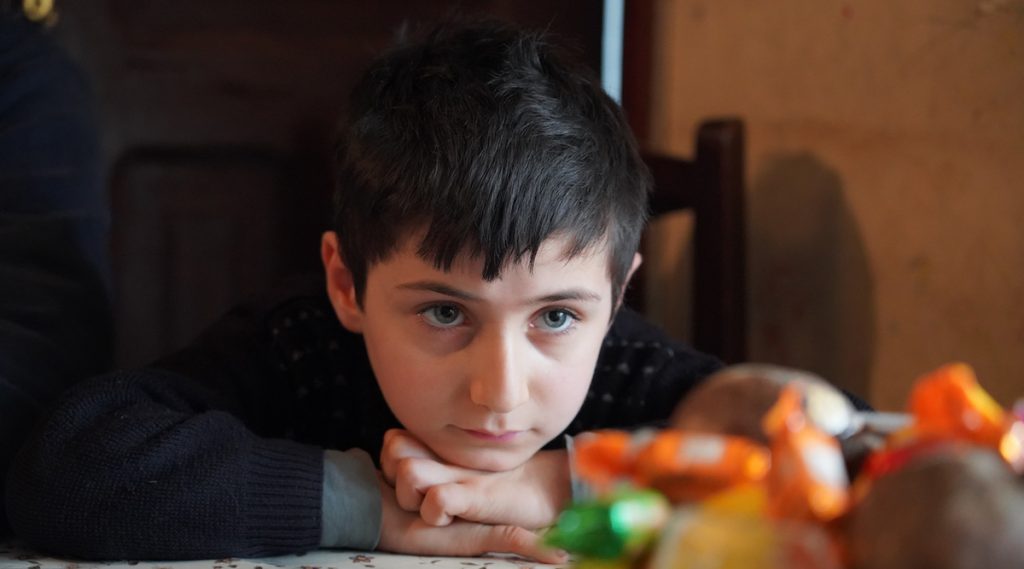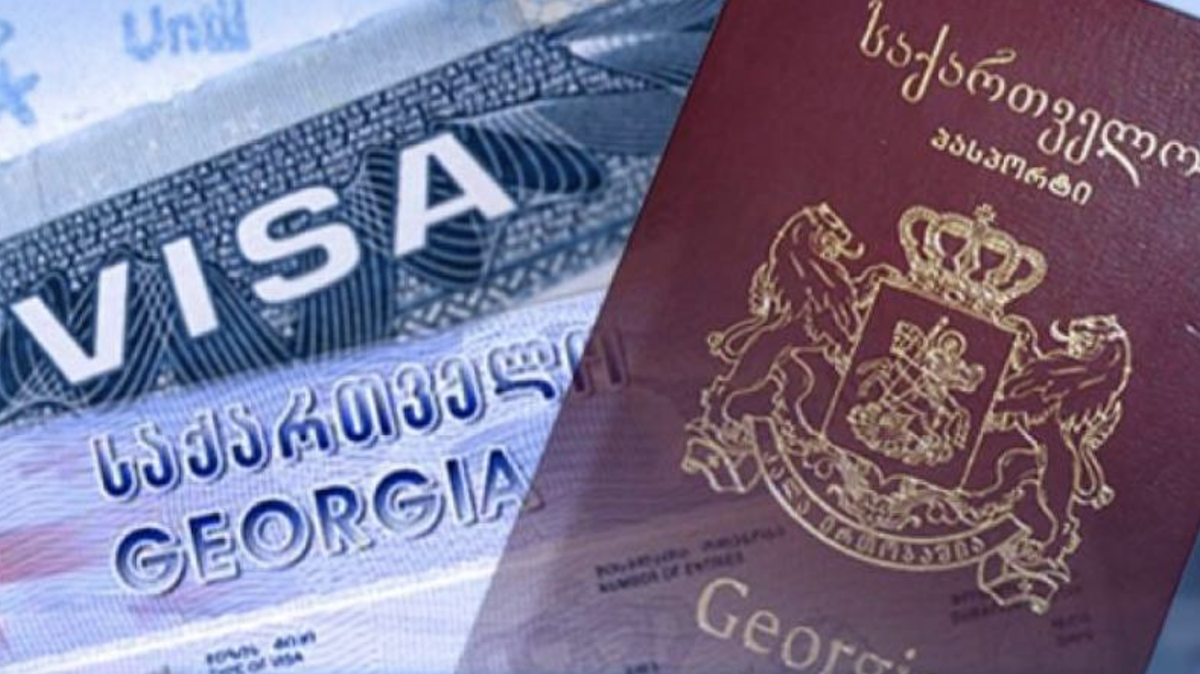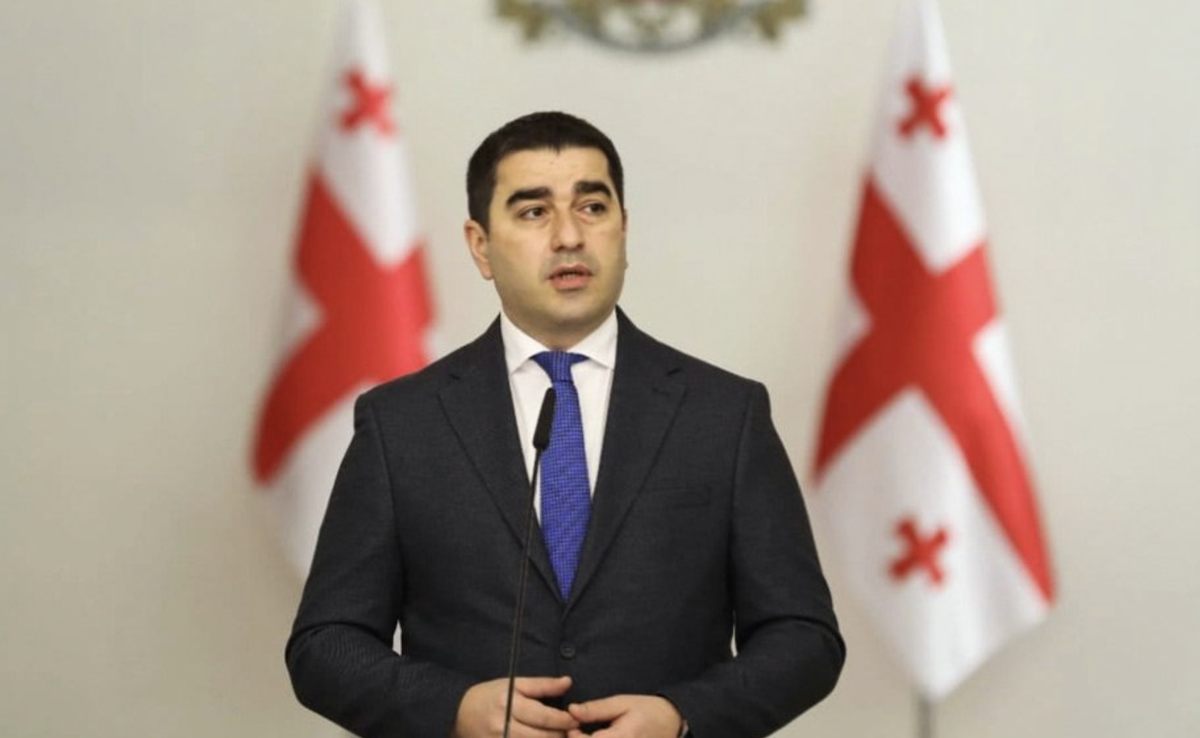Children in Georgia. Facts and figures
JAMnews has conducted an assessment of the situation of children in Georgia following International Children’s Day on June 1.

● More than 10,000 teenagers in Georgia have never gone to school.
● In 2020, the population of Georgia spent the least money on education.
● According to the National Statistical Office of Georgia, among the emigrants who left Georgia in 2015-2019, the largest number were women aged 25-29. Many of them left their young children at home.
● 15% of school-age children in Georgia do not have access to the Internet. This is especially important amidst the pandemic and widespread remote learning.
● 50,400 children between the ages of 3-17 do not have a computer.
● In 2020, more than 20,000 families with children became poorer and were forced to apply for social benefits. In January 2020 152,353 minors were able to receive social benefits, however, by the end of 2020, only 186,131 children had become recipients of state aid.
● According to the UNICEF Population Welfare Survey conducted in 2017, 6.8% of children in Georgia live in extreme poverty, with an average income of less than three lari a day [less than $ 1].
● 29,800 children in Georgia do not have the facilities at home to wash their hands with soap and water.
● In some of the boarding houses under the patronage of the Georgian Patriarchate, children are abused and the government officials, including the ombudsman, are not to interfere or carry out an assessment of the living conditions in the houses.
● 44% of kindergarten teachers in Georgia have neither higher nor secondary pedagogical education. 50% of kindergarten directors do not have a specialized diploma.
● 62.5% of Georgian municipalities spend less than 10 lari per preschool child per year [about $ 3]. In some municipalities, only GEL 0.73 or GEL 1.11 is spent. For this reason, the toys with which children play in kindergarten are bought by parents, as well as pencils, paper, books and teaching materials.
● 44% of children have less than three children’s books.
● Early marriages and engagements with minors are still practiced in Georgia. According to the ombudsman’s report, at least 131 cases of marriages with underaged persons were identified in 2020. This issue is especially acute in Kvemo Kartli – a region inhabited by ethnic Azerbaijanis – as well as in the highlands of Adjara.
● There are only 268 social workers and 12 psychologists for all the socially disadvantaged minors in Georgia. For example, in the municipality of Kobuleti, which includes 50 villages, thousands of socially unprotected children live and only social worker is allocated to the area. This endangers not only the rights of children but also their lives, as has been witnessed in the case of a girl named Nini.
● In 2020, 14 suicides and 54 attempted suicides among minors were registered. The state still does not have a strategy to prevent suicides, which the Ombudsman has been asking for for many years.
● In 2020, 1,818 cases of violence against children were identified.
● In 2020, 887 minors became victims of domestic violence. In 2020, 623 restraining orders were issued based on the facts of domestic violence against minors.
● In 2020, 254 cases of sexual violence against minors were investigated. Of these, 31 crimes were committed within the family.
● Thousands of children in Georgia are engaged in hard labor unsuitable work for their age. To avoid poverty, children are engaged in farming, seasonal work, collecting scrap metal, street vending, carrying loads, grazing livestock, cultivating the land and even working on the construction sites of high-rise buildings. These children are denied the right to education.
● The state does not know exactly how many children live on the street. In 2020, 277 minors applied to shelters, but experts are convinced that there are many more children living on the street in Georgia.


















